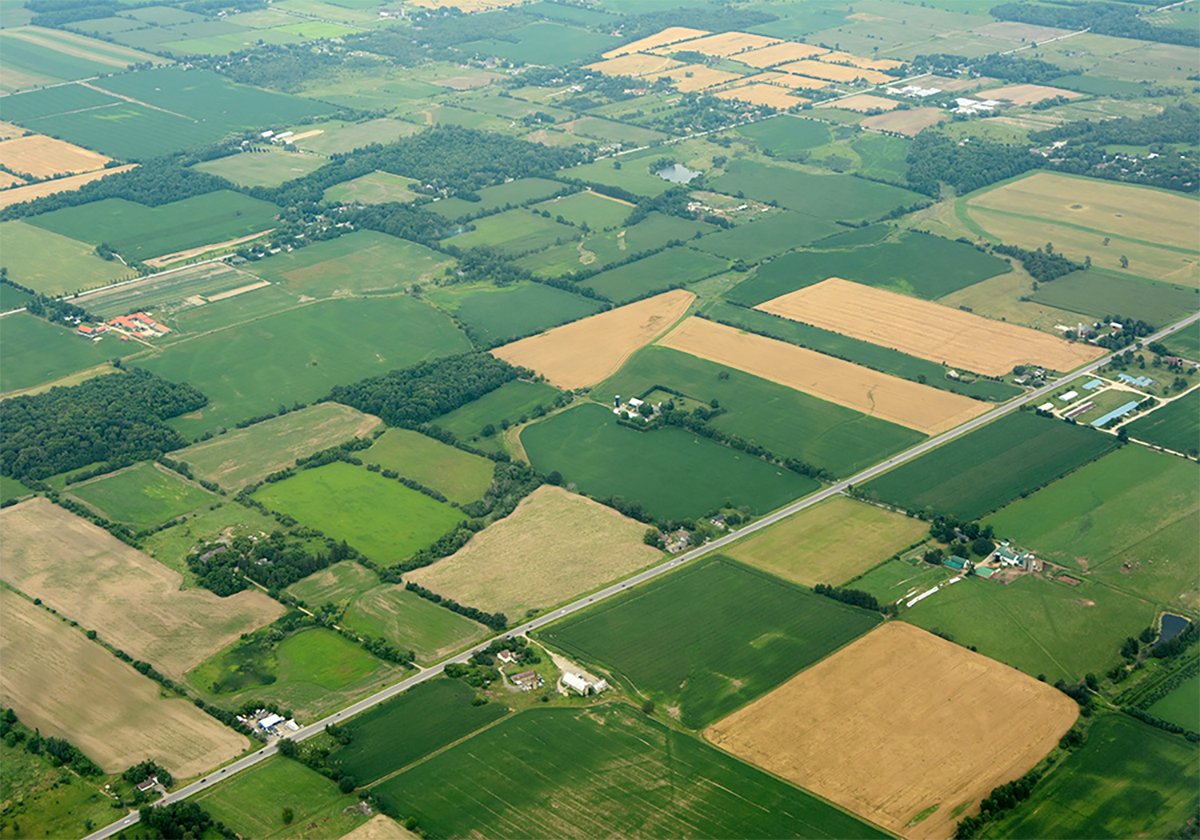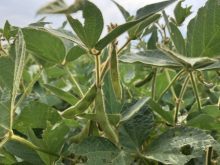As most of you are aware, farm disaster programs are changing. As of March 31, the Net Income Stabilization Account has begun winding down.
Taking its place is the Canadian Agricultural Income Stabilization program, which began in 2003.
A NISA account had two parts: Fund 1 and Fund 2. After-tax contributions made by farmers were held in Fund 1. Pretax matched contributions made by governments and all interest earned on both funds were held in Fund 2.
All withdrawals from Fund 2 were taxable on the date the transaction occurred. Withdrawals from Fund 1 were only made if Fund 2 had been depleted.
Read Also

Higher farmland taxes for investors could solve two problems
The highest education and health care land tax would be for landlords, including investment companies, with no family ties to the land.
The federal government has provided a few options when a producer closes a NISA account. The first option is to close Fund 1 and Fund 2 in full. The second option is to withdraw the balance in Fund 1 and Fund 2 in up to five years beginning March 2005. Fund 1 could be taken down in full or transferred directly to CAIS.
An annual payment schedule will be subject to minimum payment amounts each year. Money is withdrawn equally from Fund 1 and Fund 2 until one or both accounts are depleted. The producer doesn’t have to wait until March 2005 to start winding down the account, but all NISA funds in the account must be paid out by March 31, 2009.
Keeping in mind that all withdrawals from Fund 2 are taxable in the year they are paid out, it is important to have strategies to reduce the tax liability. All Fund 2 withdrawals must be reported as “other investment” income, not farming income, for tax purposes.
A five-year withdrawal may seem like the better option if a farmer is taxed in the highest marginal tax bracket, but there is an opportunity cost associated with the money market equivalent return on investment received on these proceeds in the interim. Some of the options available to farmers who operate as sole proprietorships and wish to reduce the tax liability on their Fund 2 drawdown are as follows:
- Contributing to an RRSP.
- Use of a flow-through investment to deal with any one-time withdrawal.
Tax shelter investments protect income from tax. Certain types of these investments receive preferable tax treatment because they stimulate economic activity in a specific area such as oil and gas or mining.
Farmers should evaluate a tax shelter on its investment quality first, and tax writeoff second. Anyone selling a tax shelter should provide an identification number from the Canada Revenue Agency and provide that number on all documents and financial statements relating to the shelter.
One of the most popular tax shelters available is flow-through shares. These allow the issuing corporation to flow through expenses incurred to the investor. Specifically, Canadian exploration expenses and Canadian development expenses are incurred by a corporation involved in resource activities such as oil and gas or mining exploration.
Another means of participating in flow-through shares is by investing in a flow-through limited partnership, or LP. A flow-through LP is like a flow-through share mutual fund, where investors pool their money and have it invested in flow-through shares by professional money managers that are selected by a general partner.
The investor, or limited partner, is eligible to claim income tax deductions and tax credits as a result of the flow through of Canadian exploration expenses that comes from the partnership.
With a limited partner, a producer is buying a diversified tax portfolio with one investment, thereby reducing the risks. Typically, the limited partner is locked into the investment for two years, at which time the assets transfer into a mutual fund. The investor has a liquid investment at this time.
A flow-through limited partnership often provides attractive tax benefits in the year of investment. A producer would be permitted to deduct almost all of his investment from before-tax income with the balance applied in subsequent years.
Some limited partnerships, such as those invested in the mining sector, can provide for an additional 15 percent federal Investment Tax Credit. This program was implemented in 2001 and may or may not be extended in 2005. There may also be additional provincial tax credits ranging from five to 20 percent for mining investments depending on the province of residence.
This spring, producers should receive their March 31 account balances to assist in the wind down of NISA accounts.
Consult with an accountant to discuss the tax planning requirements and an investment adviser to review suitability of flow-through investments in an overall investment strategy.
Ian Morrison is an investment adviser with Wood Gundy in Calgary and is licensed to sell insurance products. His views do not necessarily reflect those of CIBC World Markets Inc. or The Western Producer. Morrison can be reached at 800-332-1407 or by e-mail at Ian.Morrison@cibc.ca.














